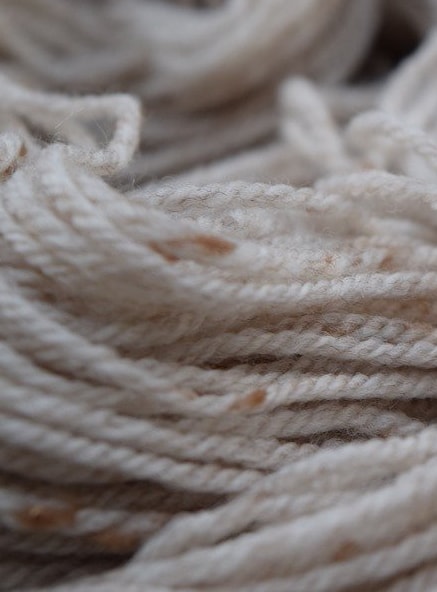Your Cart is Empty
Fast & Free shipping on all US orders.
Shop
Studio Reference: Wool Scouring at Home
October 04, 2016 2 min read
What is the best way to wash wool at home?
The essential considerations of a good scour are water quality, temperature, soap, extraction, and waste water.
Notes & Observations
Water Quality
Soft water is ideal, but not mandatory. Water with a high mineral content is likely to leave a residue on fiber just as it does on your sink at home.
Temperature
Use water that can be heated and sustained between 140-160 degrees for the entire duration of each soak. No matter which soap you use or how many times you soak your wool, lanolin will remain or re-solidify in water under 140 degrees. This is the most difficult task for most home scouring.
Soap
There are many easily accessible detergents and soaps available and effective for home scouring. The main responsibility of your soap is to cut the grease without being too harsh on your fiber. You decide which is best for you. I will show you a comparison of soaps and quantities in a future post. In the meantime, Dawn liquid dish detergent or even your average powdered laundry soap make a good choice.
Extraction
Removing the dirty, greasy water from the fiber is not as easy as it might sound, but in my opinion, this is a very important step to effective scouring. Ideally there applied pressure or centrifugal (spinning) action to remove the waste water while it is still over 140 degrees. By simply opening the drain, you run the risk of re-depositing lanolin onto the fiber as the temperature cools.
Waste Water
It can be very expensive to overlook the destination of your waste water, especially if you are on a septic system like me. You are sending hot water, soap, sludge, and yes, some fiber down the drain. Consider your path of removal and be conscientious about avoiding problems. I look forward to divulging septic issues and recommendations in a future post, as these can be some of the most important as well as ambiguous.
Recommendations
There is one thing I have not included which is quite possibly the most important.
Evaluate the quality of your fiber before scouring!
This will make a huge impact on wether your time spent scouring is worthwhile or wasteful. There is no greater tragedy than laboring over a fleece for hours only to discover later that it has a major flaw. This task is separate from, but usually connected with skirting and can take as little as a few seconds.
Evaluating the quality of a fleece can be intimidating, but never fear! You can do this with just a few simple essentials which I will cover in a future post. There are endless volumes of information about fiber quality and breed characteristics for you down the road if you feel inspired to delve deeper. Personally I find this to be one of the most challenging and rewarding aspects of my job. Whether in a book or with my hands, I never get tired of studying wool.
Studio Reference is a category of posts containing technical insights and observations on working with fiber. The goal is to elevate our collective knowledge of textiles through an open dialogue about our questions, mistakes, lessons learned, and best practices with fiber.
Leave a comment
Comments will be approved before showing up.

Join Our Newsletter
Our weekly newsletter is plain and simple.
Just one or two headlines from our Mill Shop, so you can be the first to grab limited editions and special offers.

